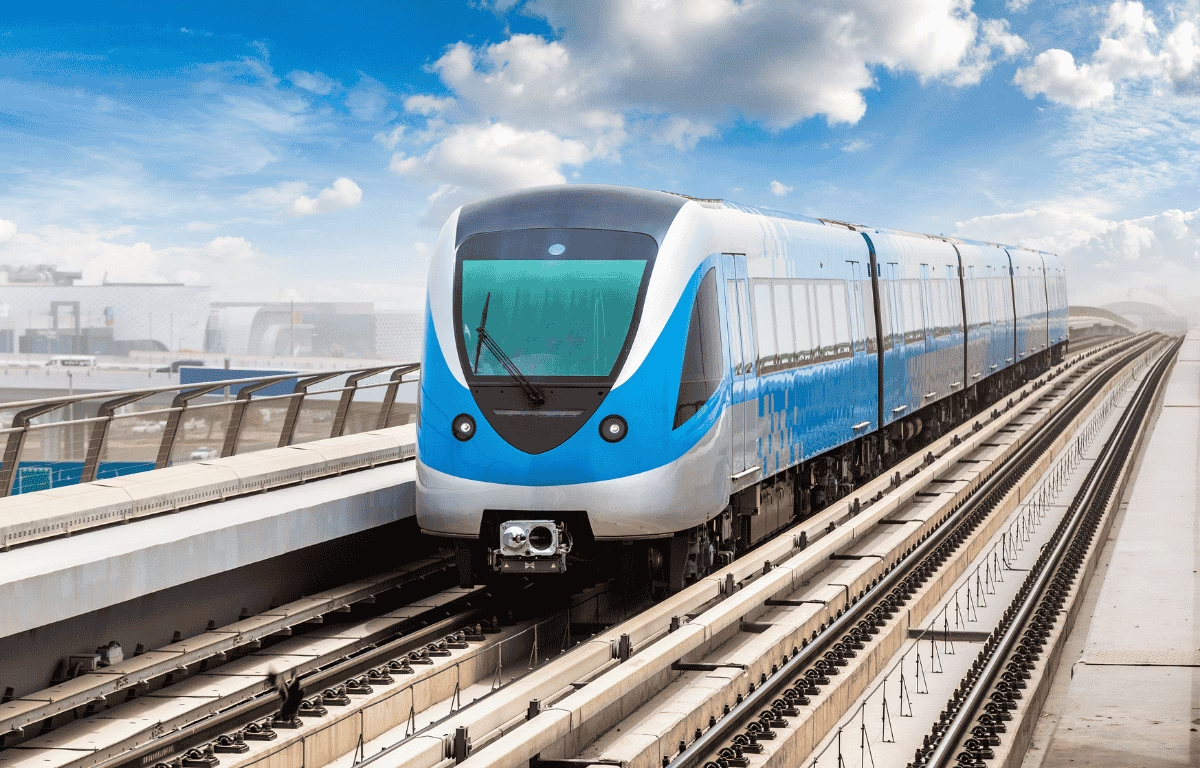Fire Retardant Resin for Railway Applications Compliant with Industry Standards
Railways demand uncompromising safety. Fires in trains or stations can lead to catastrophic losses. This is where fire retardant resin for railway applications that are compliant with industry standards becomes vital. These advanced materials slow flame spread, reduce toxic smoke and meet strict safety regulations. Let’s explore why they’re revolutionizing rail safety.
Why Fire Retardant Resin for Railway Applications Compliant with Industry Standards Matters
Fires on railways threaten lives, infrastructure, and operations. Traditional materials often fail under extreme heat. Fire retardant resins, however, resist ignition and limit flame spread. They comply with standards like EN 45545 and NFPA 130, ensuring reliability.
Rail operators prioritize these resins for seats, panels, and cables. They prevent small sparks from becoming disasters. Additionally, they reduce toxic fumes, protecting passengers during evacuations. By choosing compliant resins, railways align with global safety protocols.
Key Features of Fire Retardant Resin for Railway Applications Compliant with Industry Standards
These resins excel in heat resistance, durability, and low smoke emission. They withstand temperatures exceeding 500°C without melting. Tests like UL 94 confirm their flame-retardant efficiency.
Moreover, they resist wear, chemicals, and UV exposure. This makes them ideal for harsh railway environments. Their lightweight nature also cuts fuel costs. Compliance ensures they meet regional regulations, avoiding legal risks.
Benefits of Using Fire Retardant Resin for Railway Applications Compliant with Industry Standards
First, these resins save lives by slowing fires. They buy time for evacuations and emergency response. Second, they protect costly infrastructure, reducing repair expenses.
Third, compliant resins boost public trust. Passengers prefer railways that prioritize safety. Finally, they help avoid fines from non-compliance. Railways gain both safety and economic advantages.
How to Ensure Compliance with Industry Standards for Fire Retardant Resin in Railways
Always verify certifications like EN 45545 or ASTM E84. Partner with suppliers who test resins rigorously. Regularly audit materials to ensure ongoing compliance.
Train staff on handling and installing resins correctly. Document all compliance checks for inspections. Staying updated on changing standards is equally crucial.
Future Trends in Fire Retardant Resin for Railway Applications Compliant with Industry Standards
Researchers are developing eco-friendly resins using recycled materials. Nanotechnology may enhance flame resistance further. Smart resins that alert crews during overheating are also emerging.
Global adoption of stricter standards will drive innovation. Railways will likely demand resins that combine safety, sustainability, and cost-efficiency.
Conclusion
Fire retardant resin for railway applications compliant with industry standards is non-negotiable for modern rail safety. It prevents disasters, meets regulations, and builds passenger trust. By embracing these materials, railways secure a safer, compliant future. Stay ahead—choose resins that protect lives and assets.
COMPANY INFO
Website: www.crestresins.com
Phone: +91 9879233188
Email: enquiry@crestresins.com
Address: 605/A, 6th Floor, Tower D, Times Square Grand Office, Sindhubhavan Marg, Near Taj Hotel, Ahmedabad, Gujarat – 380059

